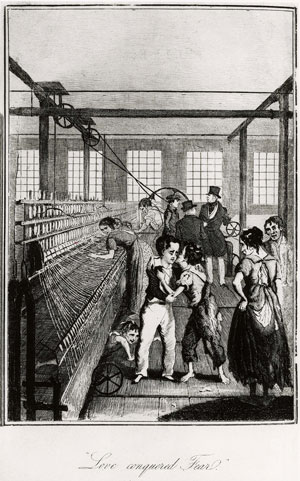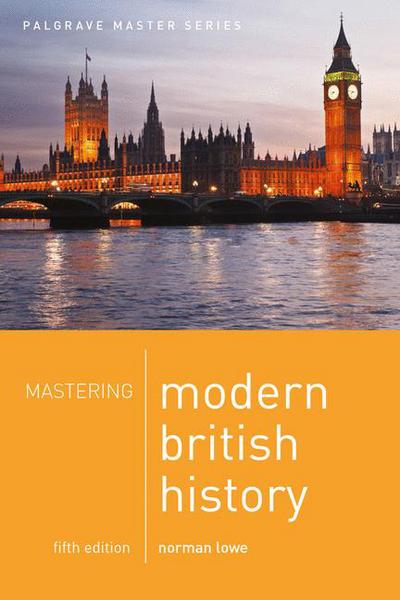


Are you sure you want to reset the form?
Your mail has been sent successfully
Are you sure you want to remove the alert?
Your session is about to expire! You will be signed out in
Do you wish to stay signed in?
The Case for Factory Reform
Study Sources A to E and then answer the questions that follow.
Source A:
| Evidence given by Samuel Coulson to the Parliamentary Commission on Factory Children’s Labour, 1831-2 At what time, in the brisk time, did those girls go to the mill? In the brisk time, for about six weeks, they have gone at three o’clock in the morning, and ended at ten or nearly half-past at night. What interval for rest and refreshment were allowed during those nineteen hours of labour? Breakfast a quarter of an hour, dinner half an hour and drinking a quarter of an hour. Had you not great difficulty in awakening your children to this excessive labour? Yes: in the early time we had to take them up asleep and shake them when we got them on the floor to dress them, before we could get them off to their work; but not so in the common hours. What time did you get them up in the morning? In general at two o’clock to dress them. So that they had not above four hours of sleep at this time? No, they had not. The usual hours of work were from six in the morning till half-past eight at night? Yes. Did this excessive term of labour cause much cruelty also? Yes, with being so much fatigued the strap was frequently used. Source: All six Sources, A – F, are taken from a Northern Examining Association Specimen Question |
Source B:
| Evidence given by John Hall to the Parliamentary Commission on Factory Children's Labour, 1831-2. Do you live at Bradford? Yes. Are you the overlooker of Mr John Wood? I am. Will you have the goodness to state the present hours of working in your factory? Our present hours are from six until seven. With what intervals for rest and refreshment? Half an hour for breakfast and forty minutes for dinner. Do you believe that the children can endure the labour you have been describing without injury? No, I do not. When your hands have been employed for some time, do you see any alteration in their appearance? In the course of a few weeks I see a paleness in their faces, and they grow spiritless and tired. Have you remarked that cases of deformity are very common in Bradford? They are very common. I have the names of, I think about 200 families I have visited myself that have deformed children, and I have taken particular care not to put down one single case where it might have happened by accident, but only those whom I judge to have been thrown crooked by the practice of piecening... |
Source C:
| Evidence of William Forster of Plomton Mill near Knaresborough to the Parliamentary Commission on Factory Children’s Labour, 1831-2. I often wish that Michael Sadler and Richard Oastler had my mill hands to govern. If they had they would, I am persuaded, soon abandon their visionary opinions. If the hours of child labour are reduced, mills will be unable to work a full twelve hour day, with a consequent reduction in the earnings of the adult workers as well as the profits of the mill-owners. The youngest child employed by me is never exhausted by 12 hours labour, which they clearly show by playing and romping when the hours of labour terminate. |
Source D: An illustration from The Life and Adventures of Michael Armstrong the Factory Boy by Frances Trollope, published in 1840. Michael, who has been put to work at the ‘mules’ repairing broken threads, is greeted by a former playmate.

Source D:
| Extracts from a letter written by a Lancashire mill-owner in 1845. As to the conclusions I have come to from the working of my....mill...for 11 hours instead of 12 hours each day...I am quite satisfied that both as much yarn and cloth may be produced at quite as low a cost in 11 as in 12 hours... It is my intention to make a further reduction to ten and a half hours, without the slightest fear of suffering loss...I find the hands work with greater energy and spirit; they are more cheerful and happy... About 20 years ago... we had about 30 young women in our Manchester warehouse. I requested that they would work 12 hours (a day) instead of 11. At the end of the week , I found that they had not a mere trifle more work done; but supposing there was some incidental cause of this I requested that they would work 13 hours (a day) the following week, at the end of which they had produced less instead of more work. They were exhausted and making bad work and little of it. Since then I have been an advocate of shorter hours of labour. Source: all these sources are taken from a Northern Examining Association Specimen Question. |
